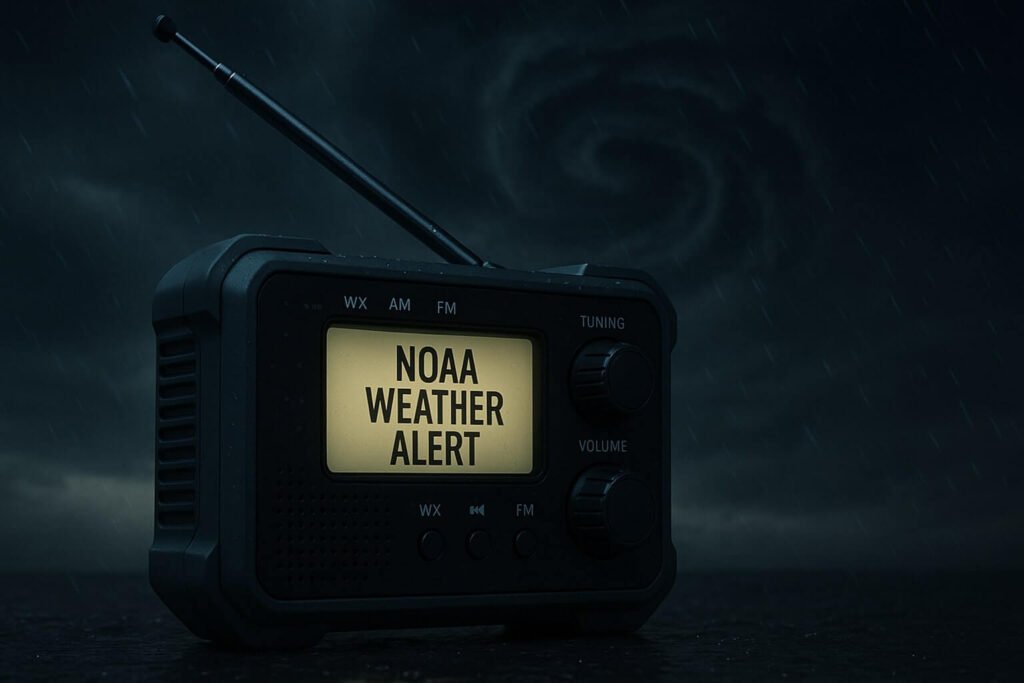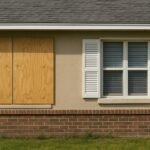When a hurricane strikes, the first thing many people lose is power. The second? Reliable communication. Phones go dead. The internet goes dark. But hurricanes don’t wait. Warnings, storm tracks, and evacuation orders continue—often changing by the hour. That’s why a hurricane battery powered radio isn’t just a good idea—it’s a non-negotiable tool for storm readiness.
Whether you’re a homeowner in a hurricane-prone region or a coastal traveler hoping to weather the season safely, this small device could make all the difference between being caught off guard and staying steps ahead. Let’s unpack why.
Why You Can’t Afford to Be Without One
Hurricane seasons are becoming more intense and unpredictable. FEMA and NOAA emphasize time and again: having a NOAA weather radio is essential for receiving uninterrupted, real-time alerts during storms. Unlike phone apps that rely on signal towers or Wi-Fi, a hurricane battery powered radio keeps you informed when every other system fails.
These radios receive broadcasts directly from NOAA’s “All Hazards” network. Paired with versatile power options—AA batteries, hand crank, solar panel, USB—they’re built for exactly the moment everything else goes offline.
More than just radios, today’s emergency models double as multi-tool hubs, complete with LED flashlights, phone chargers, and even SOS alarms. They’re designed for one job: keeping you safe.
Key Features to Look For
Not all emergency radios are created equal. The best ones combine durability, usability, and essential emergency tech.
1. NOAA Weather Band & SAME Alerts
- NOAA Weather Band: Provides continuous national and local alerts—24/7.
- SAME (Specific Area Message Encoding): Lets you program alerts by location, so you’re not overwhelmed with warnings irrelevant to your area. Some models support up to 25 programmable regions.
2. Multiple Power Options
A hurricane doesn’t just knock out power—it can keep it out for days. Your radio should work with or without the grid.
- AA or AAA batteries: Widely available, great for quick swaps.
- Rechargeable internal battery: Many models carry 2,000 mAh–16,000 mWh capacity.
- Hand crank: Manual power generation—ideal when batteries run out.
- Solar panel: Slow but steady trickle-charge for daytime topping up.
- USB input/output: Recharge the radio or use it to charge your phone.
3. Emergency Add-ons
Most modern radios come with survival-minded extras:
- LED Flashlight: For navigating at night or signaling help.
- SOS Alarm: High-volume emergency beacon.
- Phone charger: Keep your mobile device going, even after days offline.
- Shortwave reception: For broader global broadcasts in select models.
4. Durability & Portability
Look for:
- Drop-resistant housing (rubberized grips, compact body ~8×3×2 inches).
- Moisture protection (sealed ports, water-resistant casing).
- Simple, intuitive controls (especially in stressful low-light conditions).
Choosing the Right Radio: Top Models to Consider
Here are some standout options from trusted manufacturers:
- Midland ER210/ER310: Known for reliability and SAME alerts. The ER310 includes solar and hand crank power with a rechargeable internal battery.
- Sangean MMR-88: Rugged, simple, compact—great for grab-and-go.
- Eton FRX5: Features multiple power options and NOAA alerts in a lightweight body.
- Kaito KA500: Covers all bases with crank, solar, battery, and USB. Also includes shortwave.
- FosPower Model A1: Affordable and packed with flashlight, alarm, and power bank features.
Each model offers a slightly different combination of features, so your choice depends on personal priorities—longer battery life, portability, or SAME tech.
Maintenance for Reliability
Just like smoke detectors or emergency water supplies, your hurricane battery powered radio needs a check-up now and then. Here’s how to keep it storm-ready:
- Check your batteries twice a year. Replace if corroded or drained.
- Crank the handle once a month for at least 1 minute to keep the internal dynamo primed.
- Keep the solar panel clean and store it somewhere with light access.
- Tune into NOAA occasionally to test signal clarity.
You don’t want to discover your radio is dead the moment you need it.
Be Proactive, Not Panicked
It’s easy to think, “I’ll buy one if a storm’s on the way.” But hurricanes build fast, and supply chains break down even faster. Radios, batteries, and emergency supplies disappear from shelves in a flash.
Adding a hurricane battery powered radio to your emergency kit is one of the simplest, most cost-effective steps you can take for your family’s safety. Whether you’re sheltering in place or evacuating, this little device helps you stay calm, stay connected, and make informed decisions.
Final Word: Preparedness Starts with Information
Storm survival isn’t just about strength—it’s about smarts. The more you know, the safer you are. A hurricane battery powered radio gives you access to life-saving updates when it matters most.
Before the winds pick up and the lights go out, take control of your storm readiness.
🌪️ Ready to go deeper? Visit Cycloneradar.com for expert guides, checklists, and the latest in hurricane preparedness technology. Equip yourself, stay informed, and ride out the storm with confidence.

